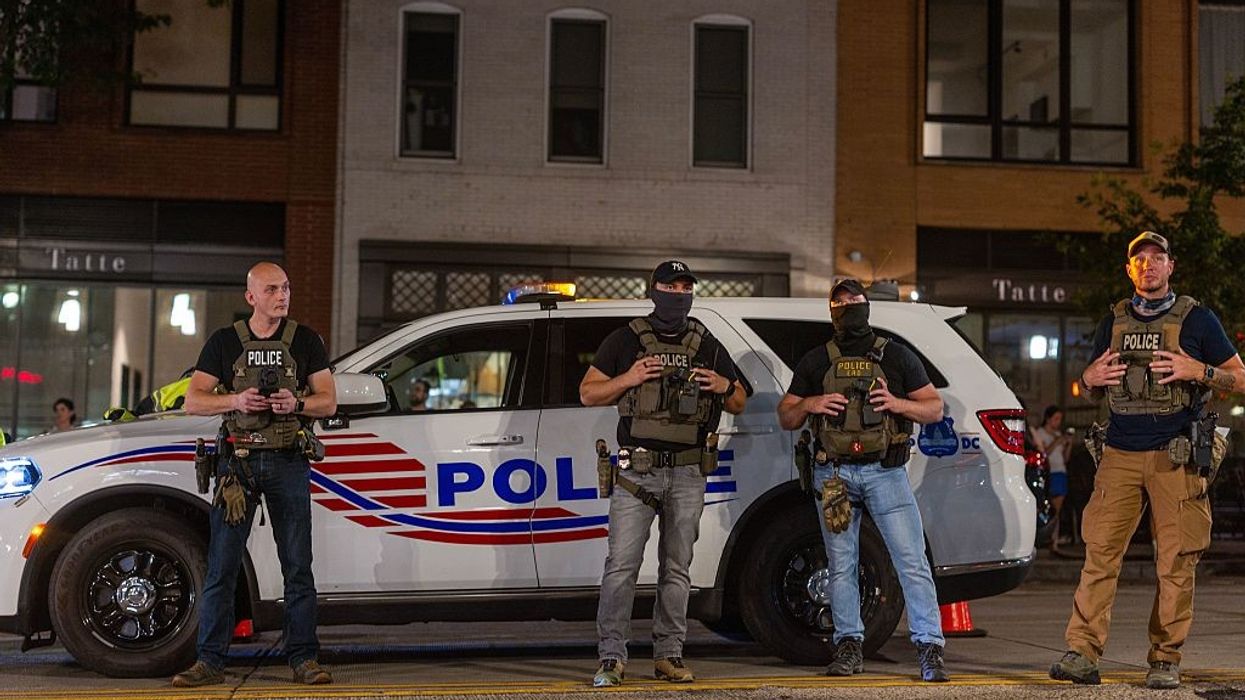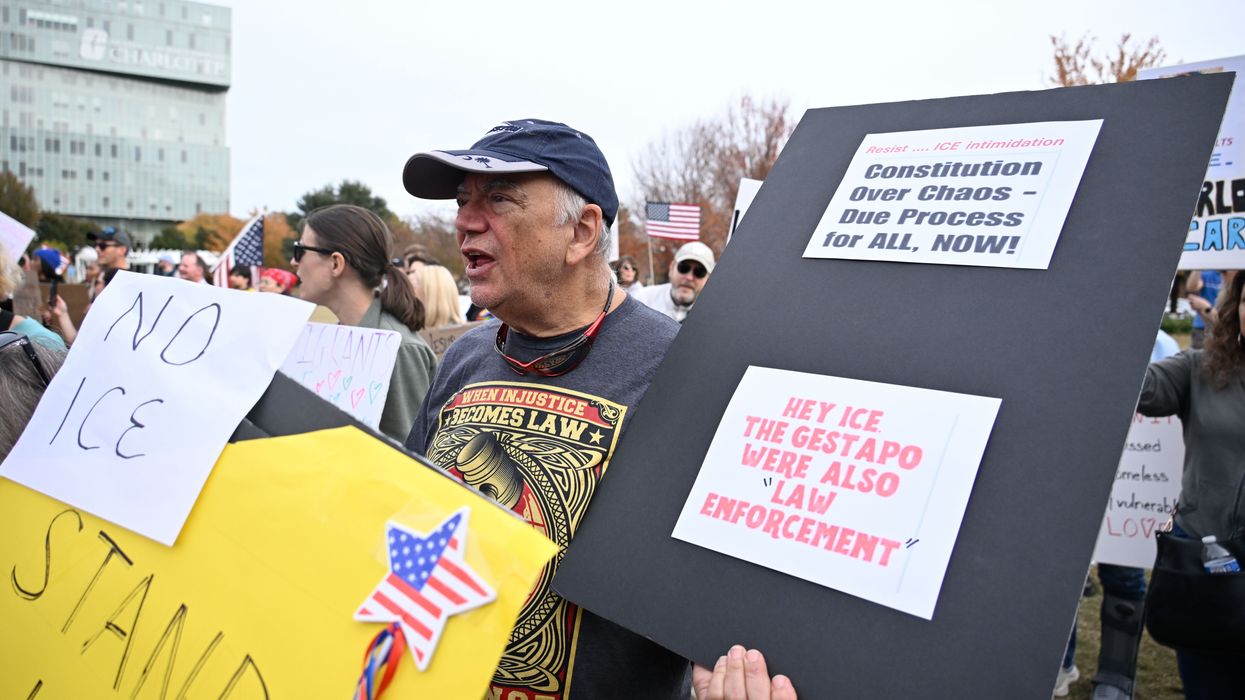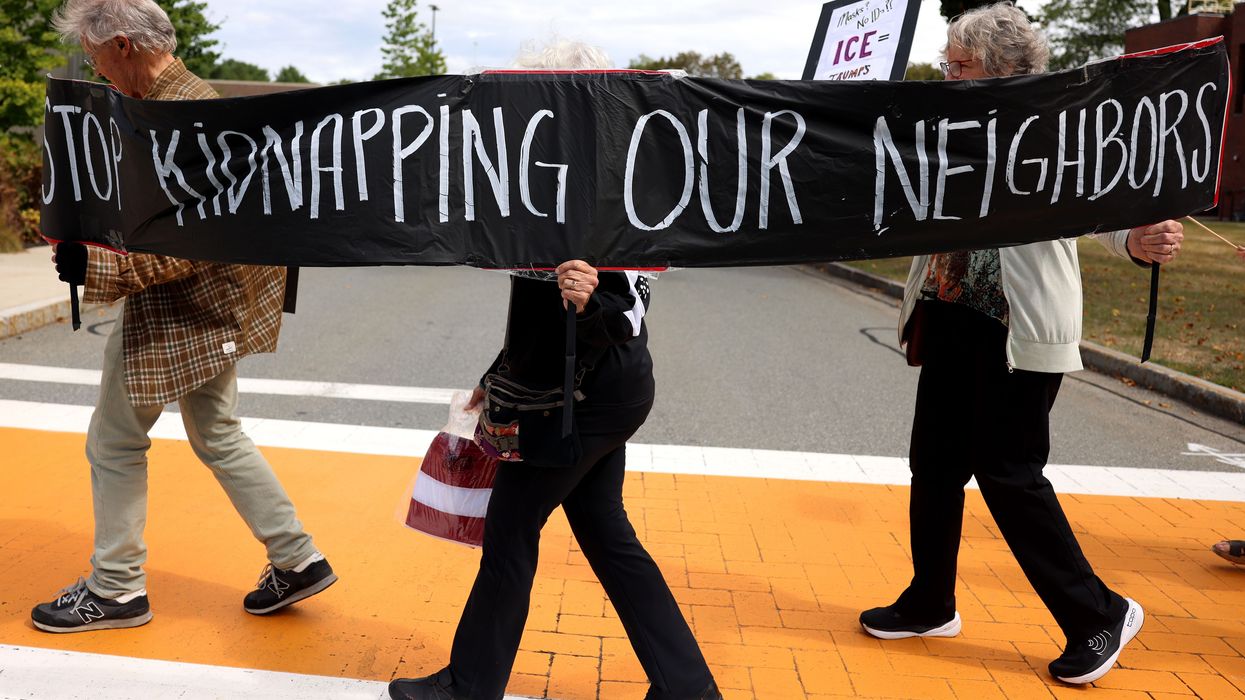DC Police Collaboration With Occupying Feds Perpetuates Family Separation
Increased criminalization and deportations exacerbate family separation by creating the conditions used to justify state intervention and forcible removal.
Washington, DC is already the most policed city in the US, through resourcing policing more than any other major US city to the dozens of local and federal law enforcement agencies that residents encounter in our daily lives. These conditions and increased criminalization contribute to the stopping, arrests, sentencing, incarceration, and deportation of disproportionately Black and brown youth and adults. These circumstances contribute to forcible family separation. As a former foster youth I’ve seen how this exacerbates harms rather than pathways to safety for too many families.
Since August, additional presence of federal law enforcement and the National Guard have blanketed the city. Though Mayor Muriel Bowser claims that the Metropolitan Police Department (MPD) is not cooperating with immigration enforcement, numerous local accounts show MPD and federal agencies working alongside each other on. Local legal service and mutual aid organizations have declared MPD’s collaboration with Immigration and Customs Enforcement (ICE) a violation of the Sanctuary Values Amendment Act (which DC Council Chair Phil Mendelson revealed Mayor Bowser secretly tried to repeal), calling the decision by DC Police Chief Pamela Smith a “betrayal of the city’s residents.”
The current conditions that DC residents are living under have rippling effects that will be felt long after the current occupation, including exacerbating family separation through deportation, incarceration of youth and adults, and forced removal under the guise of care.
Like the presence of federal agencies, Child Protective Services (CPS) are framed as protectors. But what DC families have felt is not protected, but increasingly unsafe conditions. What DC families have experienced is not security or sanctuary, but the very real consequences from a manufactured crisis that justifies the conditions for family separation in the state’s eye.
As DC residents, we must ask: What does true family safety look like for us?
Since the “surge” of the presence of federal agencies, community documentation and data project Courtwatch DC has reported a sharp increase in people detained who appear during arraignment court proceedings, which have gone as late as 1:00 am the following day. When a parent or guardian is arrested or incarcerated, even if for only one night, CPS often intervenes by displacing their children into the foster system, a pipeline that predominantly impacts youth of color. The increased criminalization of DC residents puts families at risk of separation due to parental incarceration.
ICE agencies are employing historic tactics of family separation as CPS continues a legacy of using immigration policies to separate families. When parents or guardians are detained and disappeared by ICE, children may be left with no caregivers and become vulnerable to CPS intervention. The justification of forcible removal of children while parents are indefinitely detained is a state-created problem, unnecessarily perpetuating family separation.
Residents have additionally reported that parents of immigrant students are afraid to send their children to school for fear of kidnapping by ICE. Making the choice to keep immigrant children away from school may be a double-edged sword, where the absence that is meant to protect them may be met by punitive attendance policies, putting both students and their parents at risk of intervention from CPS and law enforcement.
With or without youth programs, young people should be able to exist safely outside, in public, in their own city. Punitive tactics that directly target DC youth exacerbate the impacts of local law enforcement cooperation with federal agencies. Criminalizing existing as a young person in public, Mayor Bowser has continued to implement and threaten to implement youth curfew zones which target areas Black youth choose to spend time together in public.
When youth are criminalized and subsequently arrested, this may be considered a form of child endangerment or neglect—a justification for forcible removal of children from family care. While the city’s Black and brown youth are funneled into foster, jail, and prison pipelines, their Black and brown parents are blamed for the removal of their own children, justifying the expansion of state intervention and family separation.
One’s home, from the living room, neighborhood, to the city, should feel safe—like a sanctuary. When families are separated, missingness is a constant reminder that we live in unsafe conditions. As DC residents, we must ask: What does true family safety look like for us? Residents have been clear that they recognize that the federal “surge” is not about crime or safety, but about control, extraction, and repression of the most vulnerable. As DC residents, we must make this demand: If DC’s lawmakers care about the security and wellness of families, they must end the cooperation of MPD with federal agencies.


